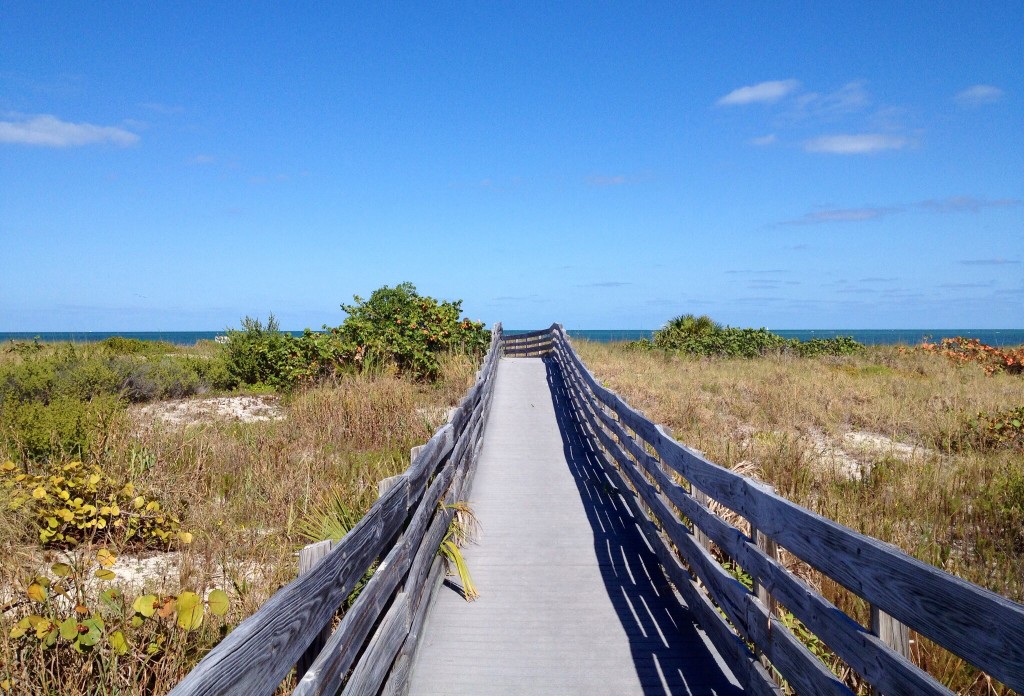

Creative Exploring
A good photographer is a constant observer: always watching and studying a scene, from patterns in city traffic to movements in nature. A photographer notices big, sweeping changes — like the sky at dusk — but also the tiniest details.
Exploring the outdoors, with camera in hand, is an opportunity to look for natural lines that lead our eyes to different parts of a frame. Envision the bend of a stream, or the curve of a petal: how can you use these lines in your composition? If you see strong vertical, horizontal, or diagonal lines, can you play with the orientation to create a more dynamic composition?
The Natural World
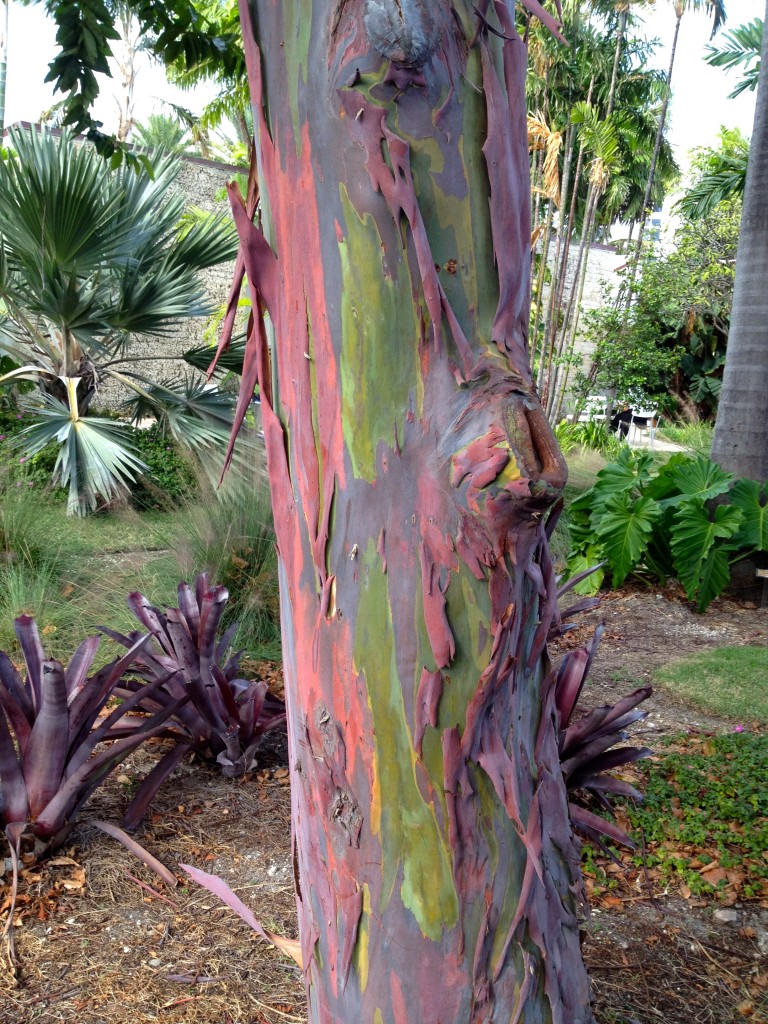
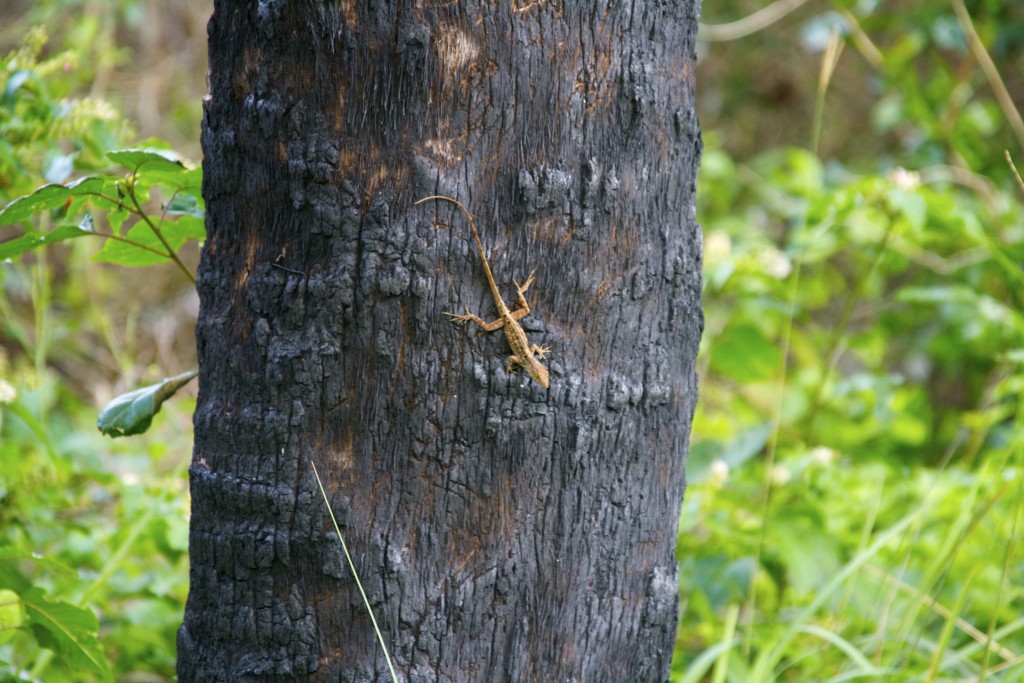
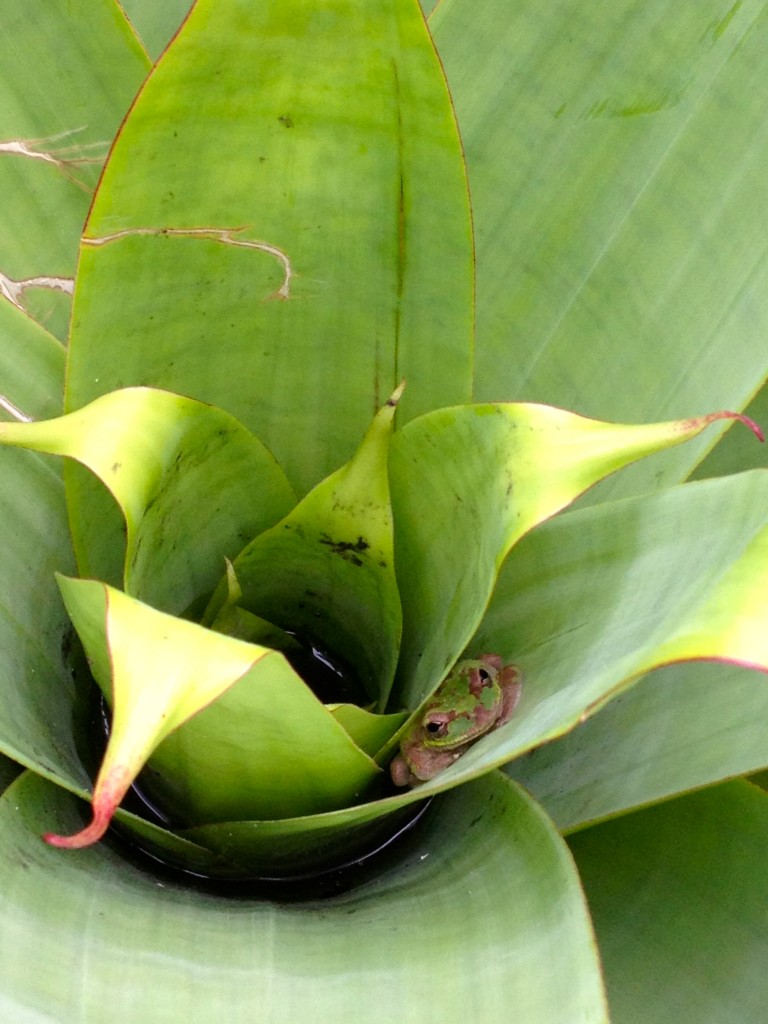
In this age of social media, we hear the word connect more often, don’t we? Connect with us on Facebook! Connect with me on LinkedIn! Given what today’s technologies can do, it feels like the world is getting smaller, and we’re more connected than ever before.
There are many ways to interpret this theme: from a gadget to a handshake, from a bridge to a gathering among friends. What’s yours?
Today I’m connecting with nature – here are a few subjects who were not too shy to connect with me.
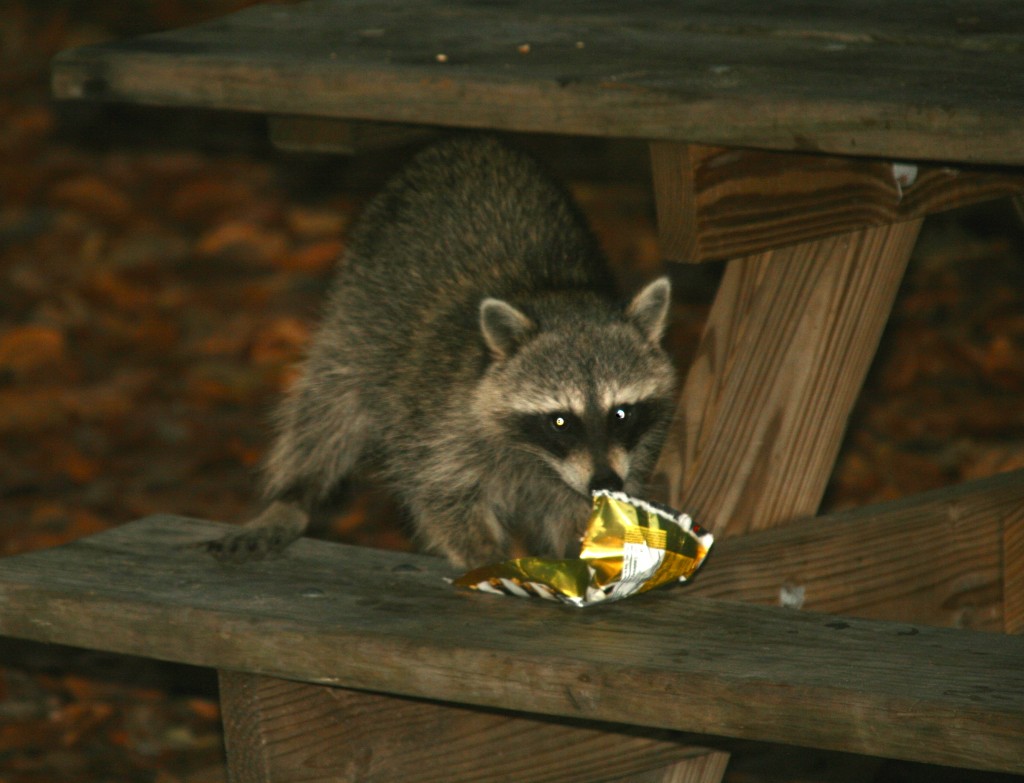
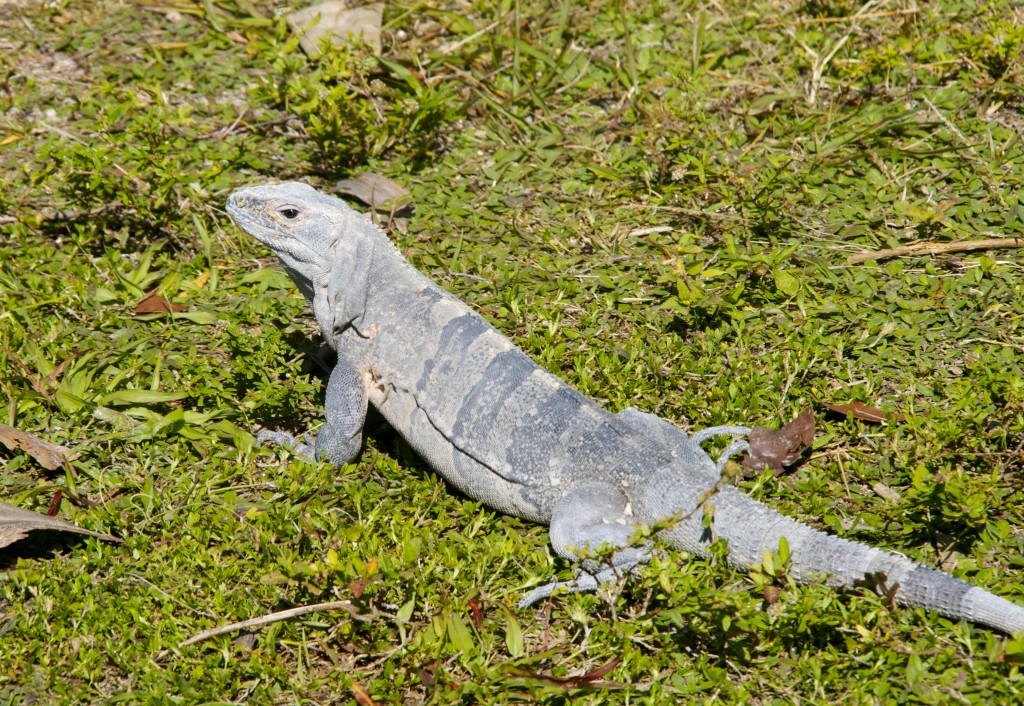
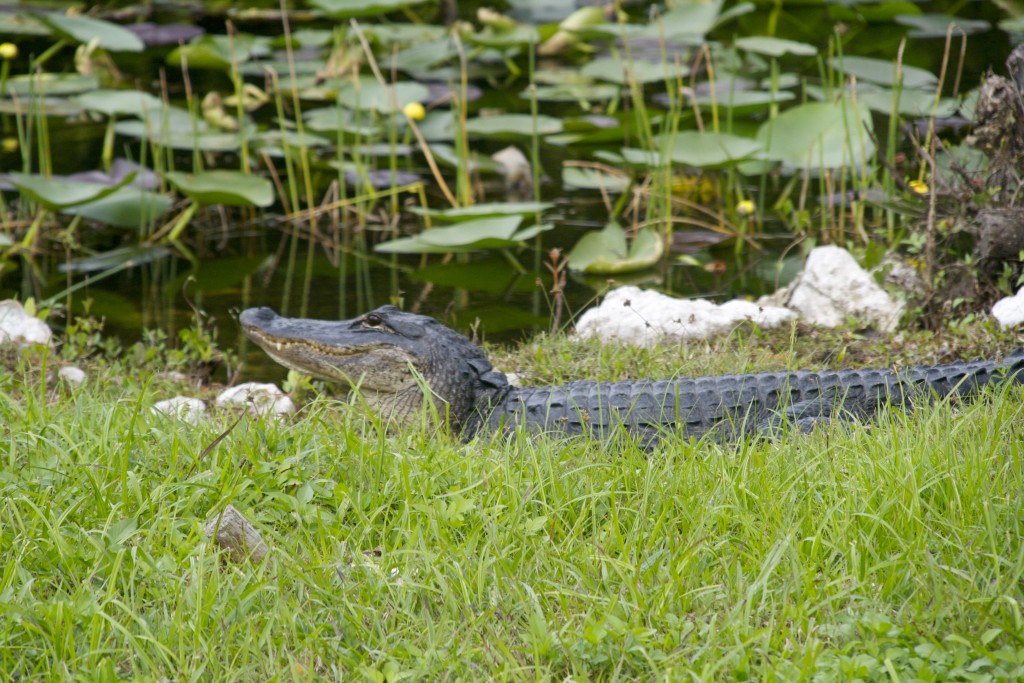
To finish off the weekend review of the photo101 week of assignments I’m revisiting the last two subjects of Bliss and Solitude.
Here are a few more photos that represent these categories.
Bliss



Solitude




If you’re interested in looking at the original articles click on the links below.
So I’ve made it to the end of the first week of the Photo101 assignments and have covered topics ranging from Home, Wider Views, Water, Bliss and Solitude.
Now it’s a free for all weekend where we can revisit some of these topics and put into practice what we have learned. I’m using today to showcase some of the other photos that fit into the Home, Wider View and Water category.
Home









Wider Views




Water






Come back tomorrow to see my gallery of pictures depicting shots of Bliss and Solitude from the Photo101 assignments.
If you enjoyed this article, why not check out the original assignment posts related to each of the above categories.
Day 4 of the Photo101 challenge is to show an image that represents Bliss.
What is your idea of bliss? Is it an image of your family, laughing at the dinner table? A state of total relaxation, while lying on the beach? Your latest painting, drying on the canvas?
In this picture I am relaxing under the palm trees looking over the bay after a cycle – bliss.

WATER – A source of life. A place of recreation. A calming presence, but also a destructive force.
We have different relationships to and stories about water: how it has saved or defeated us. How it reminds us of family vacations, outdoor adventures, or the hot summers of our childhood. How it might also symbolize a place we’ve left behind, or a location we dream to go.
Here are a couple of pictures depicting life on the ocean wave. Being near the water is relaxing, fun and invigorating.


Today’s Photo Challenge is capturing a wider view of a scene with the emphasis on looking at the basic elements in the scene – what will be in the foreground and in the background of the picture.
I think this photo taken at the Bass Museum of Art hits the spot.

Today I’m starting the Photo101 Challenge where you post a photo a day based on a particular topic.
The first topic is HOME.
Home is elusive. When we think about this word, we might picture different physical locations. And while home is often found on a map, it can also be less tangible: a loved one, a state of mind.
This is an interesting one as my birth home is the UK but my new home for the last three years has been the U.S. They are two completely different places but here is a picture showing where home is right now – Miami Beach.

It’s a great place to be!
So how did I take this picture?
Since the introduction of iOS 6 it’s possible to take great panorama photos right inside your iPhone’s native camera app. The panorama feature only works with iPhone 4S, iPhone 5 and the latest generation iPod touch, so if you have an older device you have to use another panorama app.
I love the panoramic feature that is available on the iPhone. Sometimes you just want to capture your whole view.
Have you used the Panoramic option on your iPhone yet?
In order to access the panorama feature, open your iPhone’s Camera app, tap on Options, and choose Panorama. This will launch the panorama mode. Once you tap capture, slowly and steadily move your phone from left to right. You will see a guide line – this will help you keep your phone steady and produce a much straighter final result.
If you enjoyed this article you may be interested in finding out more about Miami in the following posts:-
The Best Places to Eat in Miami Beach
The Wild Green Parrots of Miami Beach
From time-to-time in the relative calm of Miami Beach you will suddenly hear raging squawks that sound a bit like hysterical laughter. Looking up you will see three or four green birds flying above. Yes, they even “talk” noisily during flight. Occasionally you will see them sitting quietly together on overhead wires but they can’t keep quiet for very long. I guess they have a lot to say and want to tell everyone and anyone who will listen how super happy they are. Why wouldn’t they be…they live in Miami.
I’ve been calling them wild green parrots for a while but I have recently found out that they actually called Mitred Parakeets. I’ve been referring to them as wild green parrots as they are considered feral but I like my description better.
They were imported into the U.S. in vast quantities, around 140,000 birds, from South America in the 1980’s. They settled in New York, Los Angeles and Miami and can still be seen in those areas today.
Have they migrated anywhere else? Have you spotted any Mitred Parakeets in your neighborhood?
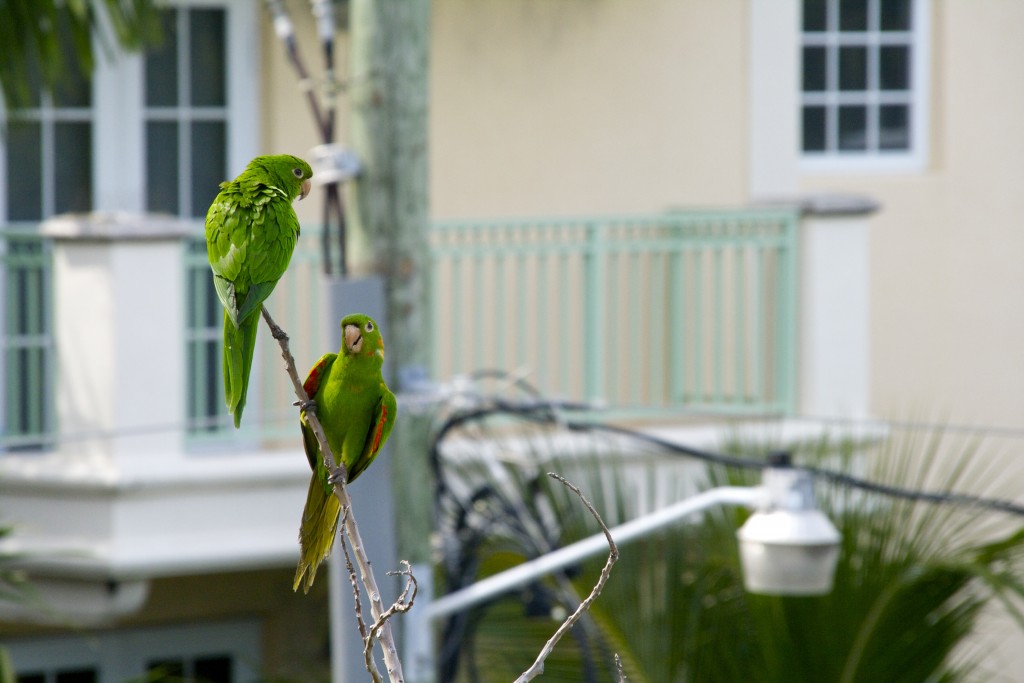
The Mitred Parakeet (Psittacara mitrata), also known as the Mitred Conure (Aratinga mitrata) in aviculture, is a species of green and red parrot in the Psittacidae family. It is native to the forests and woodlands in the Andes from North-Central Peru, South through Bolivia, to North-Western Argentina with introduced populations in California, Florida and Hawaii
They are such pretty birds but extremely loud for their size which can be quite a surprise. You definitely hear them before you see them! Their feathers are bright tropical green with patches of red and occasional yellow flecks. They are nosy and social birds as you can generally spot them in pairs or small groups.
Here are some pictures I’ve managed to capture of our feathery friends:-






They tend to disappear around November time and return Feb/March.
I’m not sure where they go during that time but it’s nice to have them back.
If you are interested in finding out more about the Mitred Parakeet or Mitred Conure please check out the following links:-